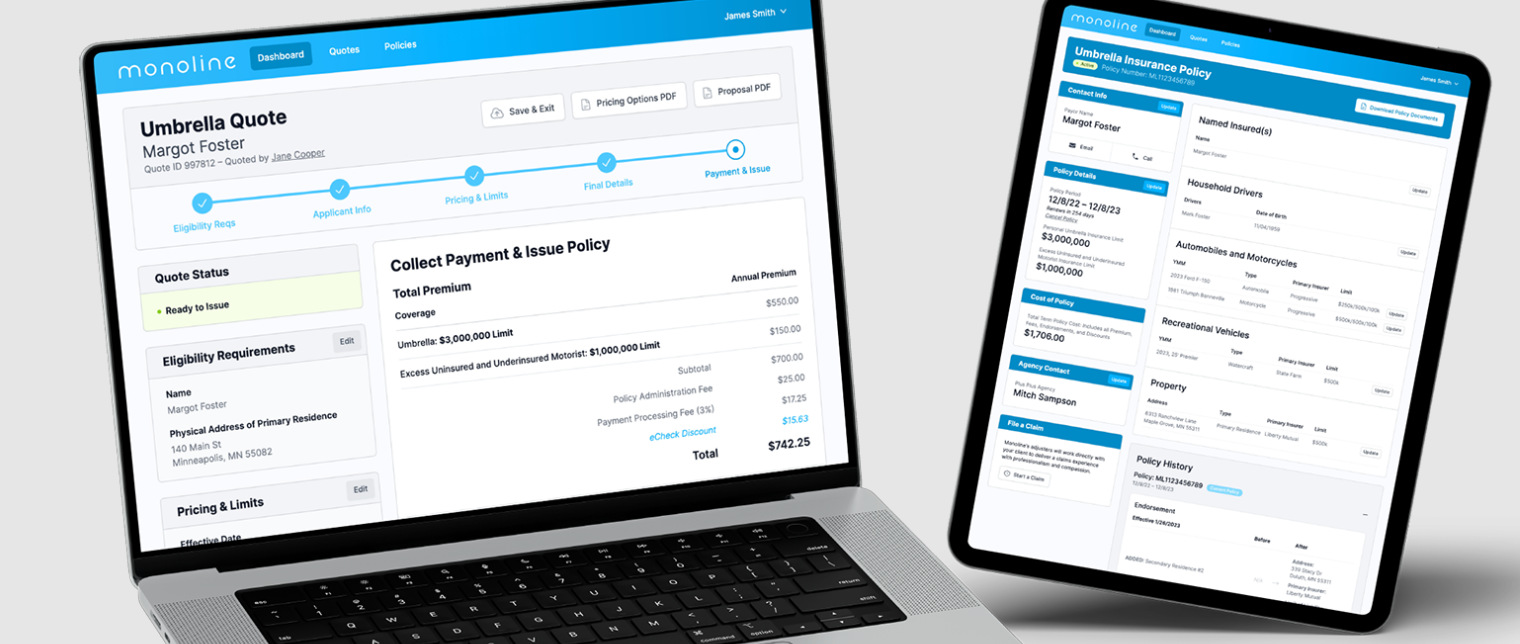Speech to Text: Revolutionizing Communication with Cutting-Edge Technology

Strong 8k brings an ultra-HD IPTV experience to your living room and your pocket.
Speech to text technology has emerged as a groundbreaking innovation, transforming the way we interact with devices, record information, and enhance accessibility. By converting spoken language into written text using advanced algorithms, artificial intelligence (AI), and machine learning (ML), this technology finds applications in various domains, including voice assistants, transcription services, and accessibility tools. With its potential to streamline communication and improve productivity, speech to text is becoming an indispensable tool for individuals and businesses alike.
How Speech to Text Works
At its core, speech to text technology captures audio signals, processes them through sophisticated algorithms, and translates them into text. Here are the key steps involved:
1. Audio Input
Users speak into a microphone or device, which captures the spoken words in the form of audio signals.
2. Signal Processing
The captured audio is processed to filter out background noise and enhance clarity. This step ensures that only the relevant spoken words are analyzed.
3. Speech Recognition
AI and ML models analyze the processed audio and match it to predefined language patterns and phonetics. These models are trained on vast datasets to improve their understanding of accents, dialects, and contextual language.
4. Text Generation
The final step involves converting the recognized speech patterns into written text, ensuring high accuracy and coherence.
Applications of Speech to Text
Speech to text technology is widely used across industries, making life more convenient and inclusive.
1. Voice Assistants
Voice assistants like Siri, Alexa, and Google Assistant rely on speech to text to interpret user commands and provide appropriate responses.
2. Transcription Services
Automated transcription tools use speech to text to convert audio from meetings, interviews, or lectures into readable text, saving time and effort.
3. Accessibility Tools
For individuals with hearing impairments, speech to text tools enable real-time captioning, making communication and content consumption more accessible.
4. Hands-Free Interactions
From dictating emails to navigating smart devices, speech to text allows users to interact with technology effortlessly, even while multitasking.
Introducing Speecher: The Ultimate Speech to Text Solution
Speecher is an innovative web application designed to make speech to text conversion seamless and efficient. Whether for personal use or business needs, Speecher stands out as a reliable and user-friendly solution.
Key Features of Speecher
High Accuracy
Powered by advanced AI and ML, Speecher ensures precise transcription, even for complex vocabulary or varying accents.
Real-Time Transcription
Speecher enables users to see their spoken words converted into text instantly, ideal for live events or meetings.
Ease of Use
With a simple interface, Speecher is accessible to users of all technical backgrounds.
Enhanced Productivity
By automating the transcription process, Speecher allows businesses to focus on what truly matters, boosting efficiency and saving time.
Accessibility Support
Speecher bridges communication gaps for individuals with hearing impairments, fostering inclusivity.
Why Speech to Text is the Future
As AI and ML continue to evolve, speech to text technology will become even more sophisticated, paving the way for:
Better Multilingual Support: Improved language recognition capabilities to serve a global audience.
Contextual Understanding: Smarter AI systems that interpret meaning and intent, not just words.
Integration with Emerging Technologies: Seamless compatibility with augmented reality (AR), virtual reality (VR), and IoT devices.
Conclusion
Speech to text technology is not just a convenience; it is a transformative tool that enhances communication, productivity, and accessibility. Applications like Speecher exemplify how this innovation can be harnessed to benefit individuals and organizations alike. As advancements in AI and ML continue, speech to text will undoubtedly play an even greater role in shaping the future of human-computer interaction.
Embrace the power of speech to text with Speecher and experience a world of effortless communication.
Note: IndiBlogHub features both user-submitted and editorial content. We do not verify third-party contributions. Read our Disclaimer and Privacy Policyfor details.







